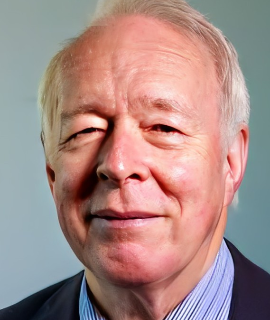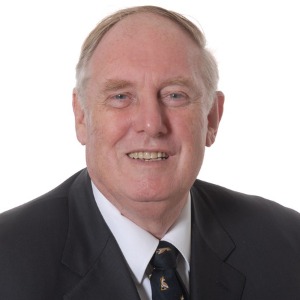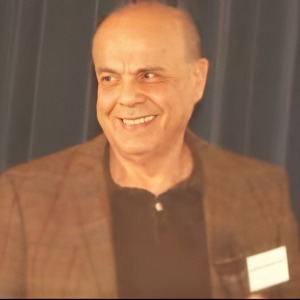Pain Free Dentistry
Pain Free Dentistry is a revolutionary concept in dental science where advanced technology and scientific breakthroughs can allow for treatment to be administered without causing any pain or discomfort to the patient. The core pillars that contribute to this concept are anesthesia, analgesia, local injection techniques, nerve blocks, and lasers. Anesthesia is used to numb the nerves of the teeth and gums which would be affected by any dental intervention. This helps to reduce and eventually eliminate the sensations of pain during dental treatments. Analgesia, on the other hand, is used to block the perception of pain even when the sensation is present. Local injection techniques make use of an injection (also known as infiltrations) of local anesthetics to deaden the nerves around the area that is to be treated. Nerve blocks can also be used in the same way as local injection techniques, but involve the usage of bigger doses which result in greater numbness. Lasers are also increasingly being used to help reduce pain and discomfort during dental treatments. Laser technology can help reduce the heat and pressure that can cause pain, as well as reduce the time needed to perform the procedure. Lasers are also useful in removing gum tissue, while avoiding or reducing blood loss. This is especially beneficial for people with certain medical conditions who cannot withstand blood loss during any procedure. Pain free dentistry is becoming increasingly popular due to its various benefits and advantages. By utilizing the latest advances in technology and science, pain free dentistry has allowed for dental treatments to be far more comfortable than they used to be, even for the most sensitive patients. This, in turn, has allowed for more individuals to get the necessary treatment that they need without any fear or apprehension.

David Geoffrey Gillam
Queen Mary University of London, United Kingdom
Christopher Turner
Spacemark Dental, United Kingdom




Title : Evaluating hygienist follow up for head and neck oncology patients in secondary care: Results from a two cycle audit
Peter Basta, Newcastle Dental Hospital, United Kingdom
Title : Atypical facial pain unravelled
Christopher Turner, Spacemark Dental, United Kingdom
Title : New treatment of temporomandibular disorder through muscle balance and muscle regeneration by activation of quiescent muscle stem cells( satellite cells) with mitochondrial dynamics
Ki Ji Lee, National Reserach Foundation & Busan Medical University, Korea, Republic of
Title : MRONJ and ORN: Referral or management in primary care? Navigating guidelines in the context of long waiting lists
Alisha Sagar, NHS England, United Kingdom
Title : Managing the unexpected: An Insight into supernumerary teeth
Bahar Gharooni Dowrani, Guy's and St Thomas' NHS Foundation Trust, United Kingdom
Title : Laxative prescribing for post operative head and neck cancer patients at Derriford Hospital
Pui Sze Kylie Li, Cardiff and Vale University Health Board, United Kingdom